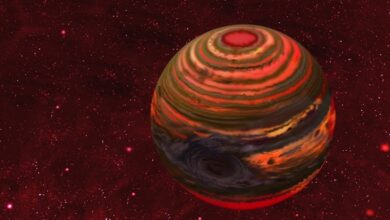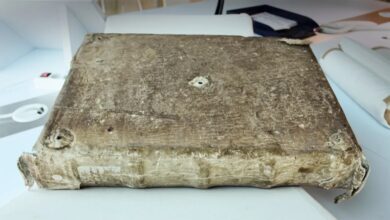Curiosity rover finds clues that could solve the mystery of why Mars died
News Mania Desk / Piyal Chatterjee/ 18th April 2025

Mars, thought to have previously been a thriving planet similar to Earth with expansive oceans, is now desolate and entirely lifeless, and the true fate of the Red Planet remains unknown. However, the Curiosity rover has recently discovered new hints to the mystery.
The rover may have discovered hints to solve the enigma of the planet’s former atmosphere and the evolution of Mars over the ages. It has detected siderite, an iron carbonate mineral, in the sulfate-laden rock strata of Mount Sharp in Gale Crater on Mars.
Researchers have long believed that Mars once possessed a dense atmosphere rich in carbon dioxide and had liquid water present on its surface. Based on this concept, the carbon dioxide and water are expected to have interacted with Martian rocks to create carbonate minerals.
However, to date, rover missions and satellite observations utilizing near-infrared technology have not detected as much carbonate on the surface as the theory indicates.
“The discovery of abundant siderite in Gale Crater represents both a surprising and important breakthrough in our understanding of the geologic and atmospheric evolution of Mars,” Benjamin Tutolo.
Curiosity had penetrated three to four centimetres into the subsurface and subsequently deposited the powdered rock samples into its CheMin instrument. Scientists at NASA’s Johnson Space Center in Houston processed and analyzed CheMin’s data in the Astromaterials Research and Exploration Science (ARES) Division.
The finding indicates that carbonate may be concealed by other minerals, complicating its detection in near-infrared satellite images. If additional sulfate-rich layers on Mars contain carbonates as well, it indicates that merely a fraction of the carbon dioxide necessary for a warm, water-supporting atmosphere is retained in those areas.
The remainder could be stuck in different locations or might have fled into space over time.






